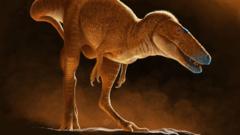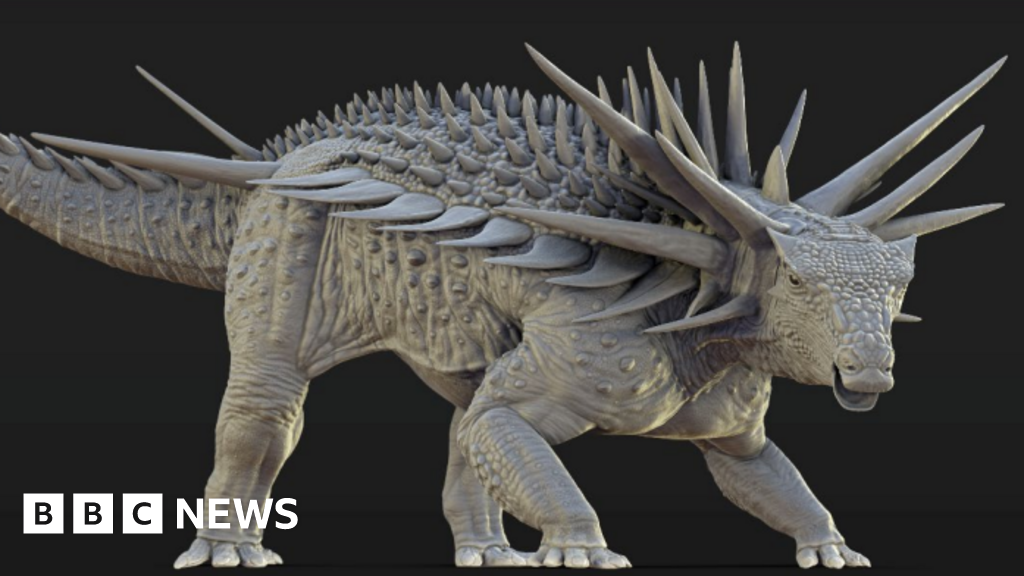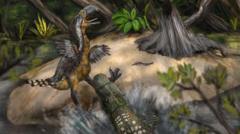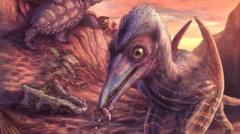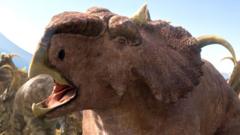Scientists have made an astonishing discovery in the fossil-rich collection of a Mongolian museum: a new species of dinosaur that significantly alters the evolutionary understanding of tyrannosaurs, including the notorious T.rex. This newly identified dinosaur, named Khankhuuluu mongoliensis, which translates to "Dragon Prince of Mongolia,” is believed to be the closest known ancestor of all tyrannosaurs.
The fossils, dating back 86 million years, represent a pivotal moment in the evolution of deadly predators that roamed North America and Asia before the extinction of dinosaurs. According to lead researcher and PhD student Jared Voris of the University of Calgary, this species provides valuable insight into the transition from tiny, swift predators to the larger tyrannosaurs that dominated their ecosystems.
"This was a smaller, early tyrannosauroid, which sets the stage for the evolution of giants like T.rex," said Voris. Khankhuuluu likely weighed approximately 750 kg, substantially less than its famous descendant, whose bulk could reach eight times that weight. Prof Darla Zelenitsky emphasizes the species' transitional nature, stating that it sheds light on key evolutionary developments, including features that enabled tyrannosaurs to evolve powerful jaws suited for capturing larger prey.
A major part of the discovery was the realization that the two partial skeletons previously thought to belong to Alectrosaurus were instead distinct enough to warrant classification as a new species. "The moment I received a text from Jared suggesting this could be a new species was a thrilling turning point," reminisced Prof Zelenitsky.
Significantly, these ancient dinosaurs were not confined to one continent; instead, they adapted and evolved by traversing land bridges between North America and Asia. This migration allowed for diversification among tyrannosaur groups over millions of years.
“This discovery fundamentally shifts our understanding of tyrannosaur evolution,” remarked Prof Zelenitsky. "Before they ruled as kings, they were indeed princes." The findings are set to be published in the esteemed journal Nature, opening new chapters in the history of paleontology.

